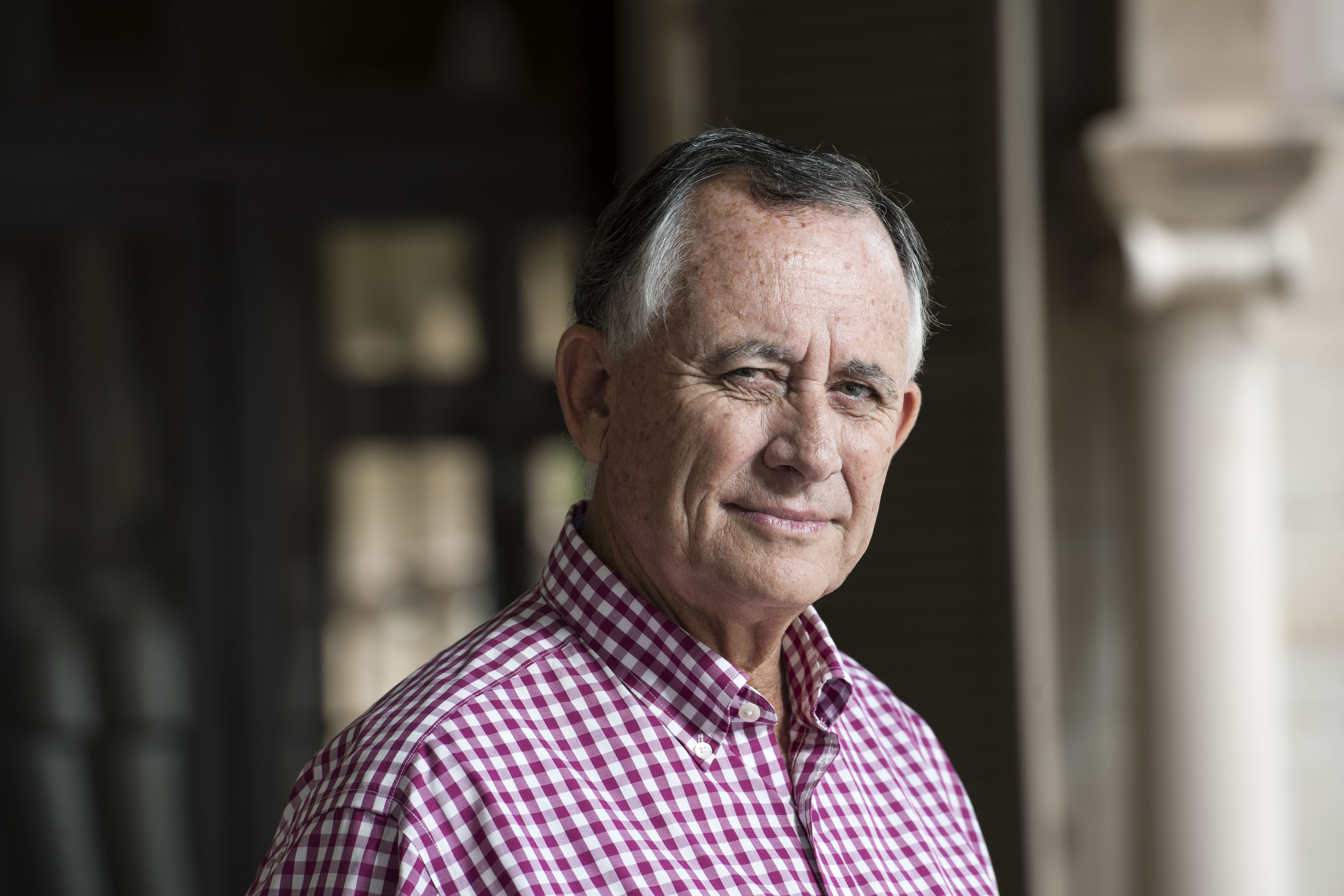
With the two major parties are neck and neck into the last week, Labor has the better chance of forming government according to a QUT political analyst has said.
“The early voting numbers have been extraordinary with half having voted,” said Past Speaker and QUT Adjunct Associate Professor John Mickel, who added that while both leaders performed well in last night’s debate, he felt Premier Premier Annastacia Palaszczuk had the edge but that it was also too late in the campaign to make much difference.
“Around 1.64 million Queenslanders have already voted, either at pre-polling or have applied for a the postal.
“The few published polls indicate the vote is stable for the major parties with both Labor and LNP sitting at around 36 per cent.

“The LNP Leader, Deb Frecklington is spending most of her time in Mackay, Townsville and Cairns to try and win Barron River, Townsville, Mirani, Whitsunday and Keppel while the party is still an outside chance of competing for the more rural seats of Thuringowa and Cook.
“LNP success will depend on preference distributions from smaller parties into Katter’s Australian Party and Liberal ³Ô¹ÏÍøÕ¾ Party candidates.”
“However, to offset North Queensland losses the Labor Party needs seats in South East Queensland like Pumicestone and Caloundra, or Coomera and Currumbin on the Gold Coast.
“The LNP looks less likely to make gains in South East Queensland, including the must win seats of Maiwar and Aspley and maybe is under threat from Independent – Claire Richardson – who is an outside chance in the Redlands seat of Oodgeroo.”
Professor Mickel said the LNP needed to win nine seats for majority government or take four seats from Labor to be a chance at minority government.
“Whatever happens Saturday, it is difficult see the LNP forming majority government,” he said.
“Labor has a chance of minority government if it can minimise losses in the regions and majority government if it increases seats in the South east.
“The preferences of the minor parties will decide the result.”








